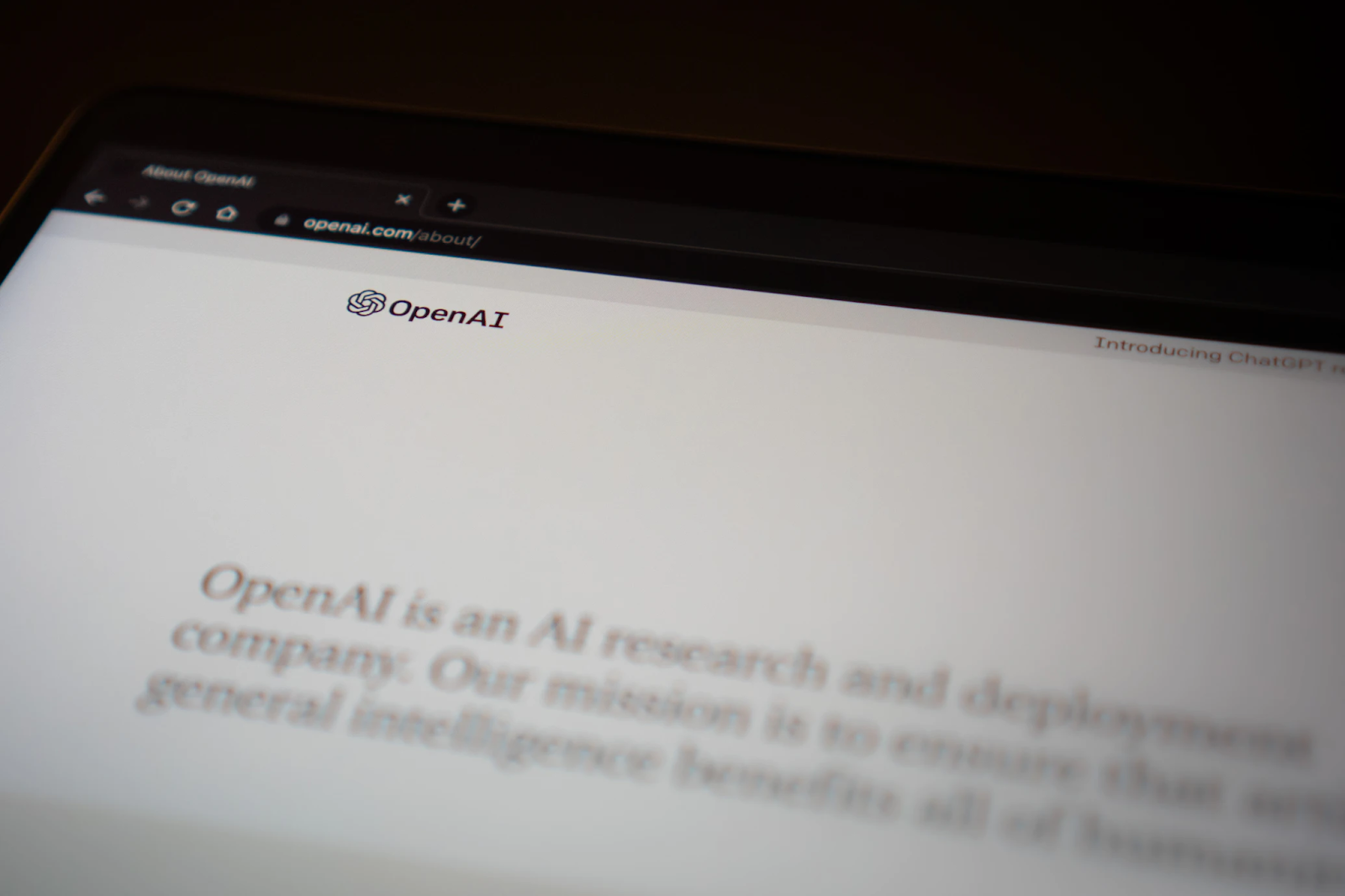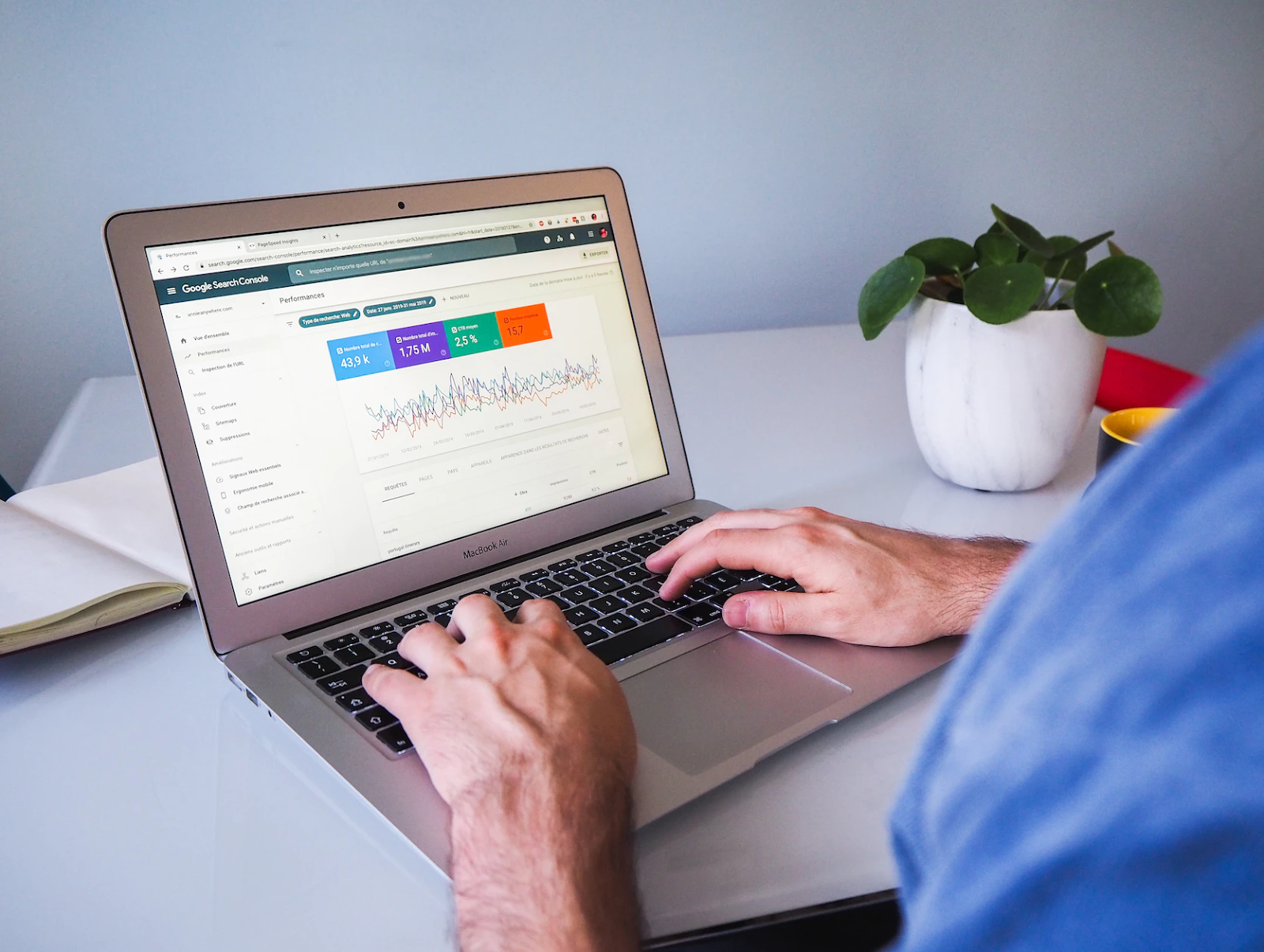PDF files have become a staple in the corporate world, widely used for contracts, invoices, reports, and presentations. They are essential tools that streamline communication, increase efficiency, and enhance collaboration.
However, with recent technological advancements, PDF processes can now be simplified with data extracted in less time than ever, as they can be translated and summarized simultaneously.
This significant improvement has come from implementing ChatGPT, an AI-powered text-based platform that has demonstrated the potential to revolutionize the field of PDF processing.
In this blog, we will explore the impact that ChatGPT has on PDF processing, along with the technology’s potential benefits and limitations in various areas. Let’s dive in.
Text extraction from PDFs is a hassle for individuals and companies that need to do it for data analysis, content production, and research.

Credit: Unsplash.
How does ChatGPT simplify PDF processing?
With the introduction of ChatGPT, extracting text from PDF files has become relatively easy since it can be trained with large volumes of data to recognize and interpret different languages and patterns. With this, documents in other languages, including those with complex structures, can be quickly and accurately extracted from PDF files.
ChatGPT uses natural language processing (NLP) and machine learning algorithms to analyze PDF files and extract text accurately. For instance, the language model can identify and extract text from different PDF files, including scanned and text-based PDFs. While you can’t directly upload a PDF file into ChatGPT, you can copy-paste the PDF text into ChatGPT. You can use pdf to text converter tool to extract text from PDF.
Improvements in accuracy and efficiency
Using ChatGPT for text extraction from PDF files helps reduce errors and potential inaccuracies in the document extraction process. The technology is designed to identify and correct errors, ensuring the extracted text is accurate and reliable.
ChatGPT can work in tandem with OCR software like Nanonets to improve text extraction & improve understanding of what is inside the PDF document.
How can you make this work?
In order to process PDF files with ChatGPT, you need to feed the data into the platform. You can use Nanonets to extract text from your PDF file and then feed the incoming PDF data to ChatGPT using Zapier connection. It is as easy as it sounds.

Are you looking to OCR PDFs easily? Nanonets OCR software can extract text, tables and more from PDFs on the go with 99% accuracy. Give it a try!
Information retrieval with ChatGPT
Yur PDF can contain a lot of information which is scattered everywhere. Eample, invoice PDF. When you copy paste the data, it isn’t prpperly structured or labelled. ChatGPT can help you simplify information retrieval from your PDFs by understanding the nuances of information in the PDF.

Credit: Unsplash.
Semantic understanding and context
ChatGPT uses natural language processing to identify and distinguish between various keywords and their semantic meanings. This means that it can understand the context of a document and provide more accurate keyword suggestions based on the semantic context.
For example, suppose you are writing an article about using ChatGPT in accounting. In that case, ChatGPT can suggest related keywords such as “calculations,” “invoice,” “accounting,” and “data analysis” based on the semantic context, which can help you optimize your content for search engines and attract more traffic to your website.
Document summarization with ChatGPT
In certain industries, such as legal or healthcare, summarizing lengthy documents is a day-to-day chore. It can consume time and effort, eventually costing your business money. But, thanks to ChatGPT, you no longer have to sift through lengthy documents.
The technology can create accurate summaries of PDF documents in a short time, allowing businesses to analyze large amounts of data fast.
How ChatGPT generates concise summaries?
ChatGPT uses NLP methods to digest the information in a text and provide a condensed version that accurately conveys its main ideas. The AI system examines the structure of the content, picks out the most crucial phrases, and condenses everything into short paragraphs, allowing you to handle massive data sets swiftly.
Value for businesses with quick document summaries using Chat GPT
The value of document summarization for companies cannot be overstated.
According to Forbes, businesses must have data to drive decision-making and stay competitive.
With this in mind, document summarization allows businesses to extract essential information from a document without reading through the entire PDF document. This saves time and effort, enabling employees to focus on other critical tasks.
Moreover, document summarization can help businesses improve their work processes and productivity. By delivering essential content concisely, organizations can streamline their workflows and make better decisions faster (and at a lower cost).
For example, a sales team can use PDF document summarization to quickly extract key information from customer feedback forms, enabling them to identify trends and make data-driven decisions.
Document translation
ChatGPT also helps with the real-time translation of PDF content. With the technology’s language processing capabilities, users can translate PDF documents in real-time, making accessing content in multiple languages easier.
ChatGPT’s multilingual capabilities
ChatGPT currently supports more than 50 languages, including Arabic, Chinese, English, French, German, Japanese, and many more, in addition to code and programming languages.
Real-time translation of PDF content
The language model can perform real-time translation of PDF content from one language to another. It uses advanced NLP technology to translate text while preserving its original meaning accurately.
Suppose you or your company often deals with papers written in more than one language. In that case, this tool may help you quickly and simply translate between them and communicate across language barriers.
After performing raw OCR to extract text from this PDF and feeding it into ChatGPT:


you get a fairly good starting point.
Do you want to automate any PDf processing tasks? We would love to understand your issues and help you rectify them quickly. Book a free consultation call with our automation experts or try it out for free.
Limitations of ChatGPT for working with business PDF files
While ChatGPT has many significant advantages when working with PDF files, there are several limitations to keep in mind.
Let’s unpack them below.
Handling of complex formatting and non-text elements
As a language learning model (LLM), ChatGPT struggles with handling complex formatting and non-text elements, such as images, tables, and graphs. While it can understand and generate text descriptions of these elements, it may not always be able to reproduce their original format accurately.
Privacy and security concerns
Due to data privacy concerns, ChatGPT was for a period banned in Italy. Nevertheless, all of your input into ChatGPT can still be stored indefinitely.
According to OpenAI’s privacy policy, it may collect information about you through the messages you send, the files you upload, and the comments you make while using ChatGPT. This means that ChatGPT poses a cybersecurity threat.
Incomplete understanding of domain-specific jargon
Put simply, ChatGPT is a GPT (Generative Pre-trained Transformer) machine-learning tool. This means it is a general-purpose language model and can lack specialist expertise. It may need help with an incomplete understanding of domain-specific jargon, which can lead to inaccuracies or misunderstandings in complex conversations.
For example, the GPT 3.0 version lacks the ability to assign numerical values to the sentiments expressed in text sentences.
Need for human supervision and error-checking
Another ChatGPT weakness is that the tool is not 100% accurate, meaning you can find errors in the text extraction or translation result. We know that GPT 3.0 can do well on the MCAT, but now scientists suggest that GPT 4.0 may also be able to save human lives in the actual world by providing effective emergency care.
However, ChatGPT isn’t always reliable in medical settings or other areas and often needs expert supervision. In fact, leading industry experts have said: “It is at once both smarter and dumber than any person you’ve ever met.”
Limitations in handling large-scale PDF processing tasks
Often errors, although subtle, can be relatively infrequent and enough to prevent a business or company from doing the basic analysis. ChatGPT is also known to hallucinate data, meaning it can make things up often in subtle and hard-to-detect ways.
Wrapping Up
It is anticipated that ChatGPT will positively impact PDF processing as a whole, meaning organizations will be able to process PDFs more efficiently.
That said, ChatGPT is still far from perfect. Given some of its imperfections, you might want to explore alternative tools, such as Nanonets, that can deliver the precision and accuracy your business needs.
Nanonets offers a powerful and flexible PDF OCR solution that can streamline your business operations and help you overcome ChatGPT’s challenges. Nanonet’s cutting-edge AI-based platform allows you to quickly and accurately extract data from any PDF document, whether unstructured or complex.
With Nanonets, you can also enjoy various other benefits, such as improved document searchability and accessibility, digitization of old paper records, and more. Plus, our modern UI and user-friendly interface make it easy to get started, while our excellent documentation and customer support ensure you always access the help you need.
So why wait? Try Nanonets for free!
Source: https://nanonets.com/blog/pdf-processing-with-chatgpt/


